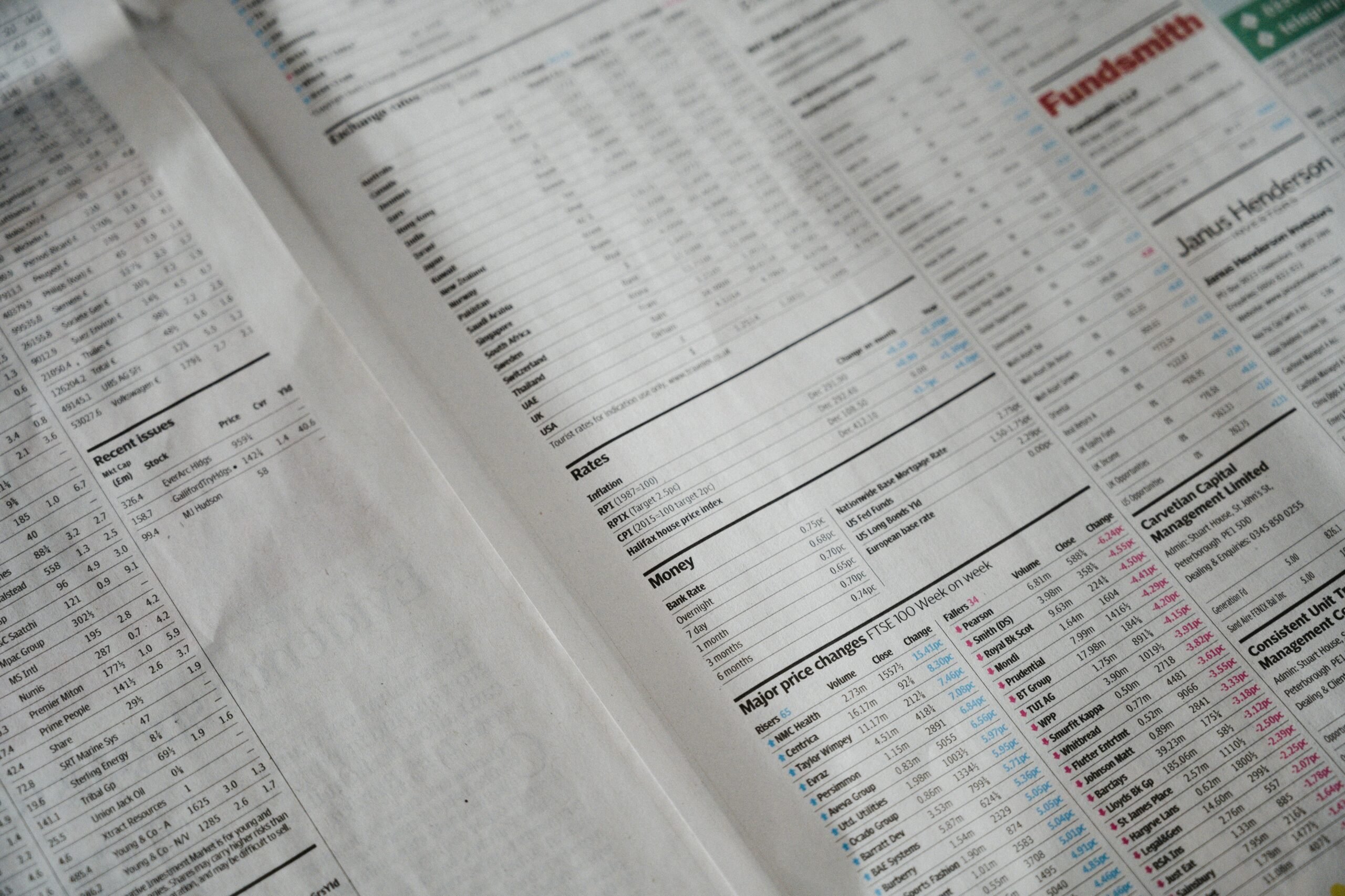Ever stared at your phone, scrolling through endless financial apps, wondering which ones actually make sense for your wallet? It’s overwhelming—especially when you’re trying to make the “right” choice but don’t have enough data on hand. Sound familiar?
In this post, we’ll dive into how marketing automation courses can help personal finance enthusiasts like you harness the power of data-driven decisions. You’ll learn:
- Why Data-Driven Decisions Are Your Secret Weapon
- A Step-by-Step Guide to Leveraging Automation Tools
- Tips for Choosing and Using Financial Tools Effectively
- Real-Life Examples That Prove These Strategies Work
Table of Contents
- Key Takeaways
- Why Trust the Numbers? The Pain Points of Manual Finances
- Building a Data-First Framework: A Beginner’s Guide
- Top Tips for Making Better Decisions with Automation
- Case Study: How One Person Turned Data Into Dollars
- Frequently Asked Questions About Data-Driven Finances
Key Takeaways
- Data-driven decisions reduce guesswork and increase financial accuracy.
- Marketing automation courses equip users with skills to analyze trends and maximize ROI.
- Integrating personalized tools helps streamline budgeting and expense tracking.
Why Trust the Numbers? The Pain Points of Manual Finances
Let me start by confessing something embarrassing: I once tried managing all my finances manually. Spreadsheets galore—I even color-coded cells based on mood (yes, really). But no matter how hard I worked, things slipped through the cracks. Bills got missed; savings goals felt impossible.
Enter the magic word: “automation.” Marketing automation isn’t just for businesses anymore—it’s also a game-changer for individuals aiming to improve their personal finance strategies. According to recent studies, more than 65% of successful personal investors use automated systems to manage their portfolios. Why? Because manual planning is a recipe for burnout.

Building a Data-First Framework: A Beginner’s Guide
Ready to level up? Let’s break down exactly how you can adopt a data-first mindset using marketing automation courses:
Step 1: Identify Your Goals
Before jumping into any tool or course, ask yourself what problem you’re solving:
- Do you want to track spending habits?
- Are you looking to cut unnecessary subscriptions?
- Or maybe you need clarity around investment opportunities?
Step 2: Choose the Right Course
Not all automation courses are created equal. Look for programs that cover:
- Analytics platforms (Google Analytics, SEMrush).
- Email automation workflows.
- CRM integrations (HubSpot, Salesforce).
Step 3: Implement Financial Apps
Pair your newfound knowledge with practical tools:
- Mint: For budgeting basics.
- You Need A Budget (YNAB): If strict rules spark joy.
- Stash: For microinvesting beginners.
Optimist You:* “This will transform my entire approach!”
Grumpy You: “Yeah, but only after I drink three cups of coffee while setting it up.”
Top Tips for Making Better Decisions with Automation
Tip #1: Start Small
Don’t try to automate every aspect of your life overnight. Focus on one area first—like grocery expenses via receipt scanners or utility bill trackers.
Tip #2: Avoid Overloading Dashboards
Too many widgets? Chaos ensues. Stick to clean layouts that highlight critical metrics.
Tip #3: Ditch Terrible Advice Like “Go All-In”
Rant Mode Activated: Seriously, why do people think throwing money at shiny new software solves everything?! Spoiler alert: You’ll end up frustrated unless you’ve done due diligence.
Case Study: How One Person Turned Data Into Dollars
Meet Sarah. She was drowning in debt until she enrolled in an automation-focused finance course. Within six months:
- Her disposable income increased by 27%.
- Unnecessary expenses dropped by half.
- She paid off her student loans two years ahead of schedule.

Frequently Asked Questions About Data-Driven Finances
Q: What Are Some Free Tools For Data-Driven Budgeting?
A: Mint, PocketGuard, and Honeydue offer fantastic free options tailored for beginners.
Q: Do These Strategies Work Without Technical Skills?
A: Absolutely! Many modern financial apps come with intuitive interfaces designed for non-techies.
Q: Is Marketing Automation Only Useful For Big Businesses?
A: Nope—individuals benefit greatly from automating routine tasks like reminders, reports, and trend analysis.
Conclusion
Gone are the days of decision-making fueled solely by intuition. Armed with marketing automation courses and the right financial apps, you now hold the blueprint to mastering data-driven decisions. Remember:
- Start small.
- Stay curious.
- Simplify wherever possible.
And above all else, trust the numbers—they never lie. 🧮
Final Haiku:
Data flows steady,
Finances dance to its tune,
Freedom blooms brighter.


